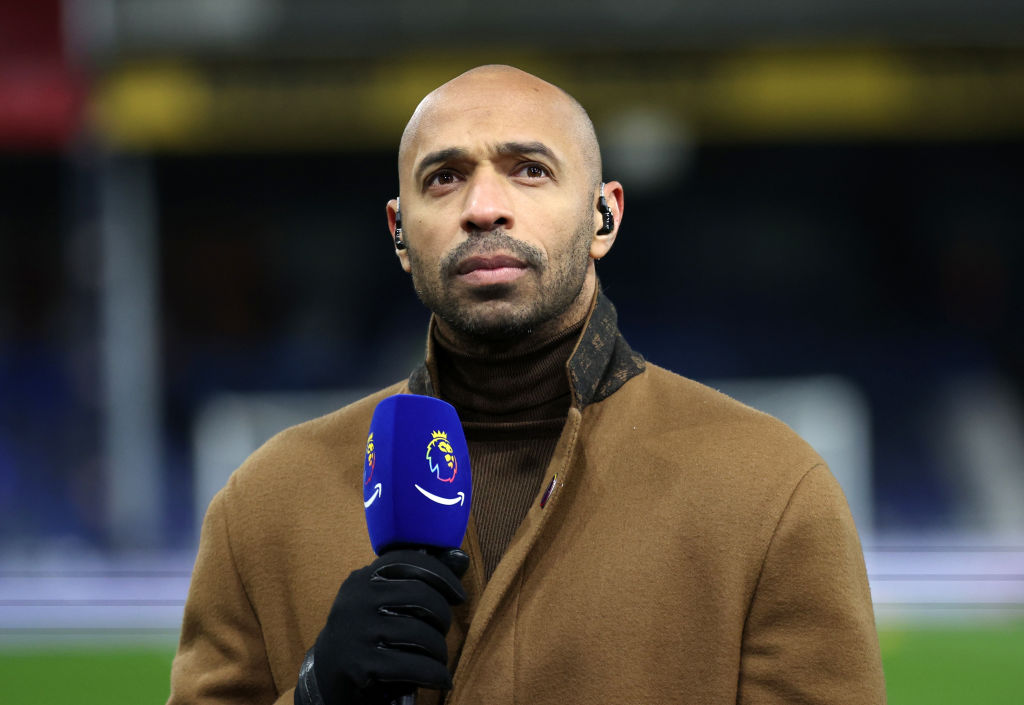Why Van Gaal's back three will make Manchester United vulnerable – but exciting
Thore Haugstad weighs up the pros and cons of the Dutchman's favoured system...
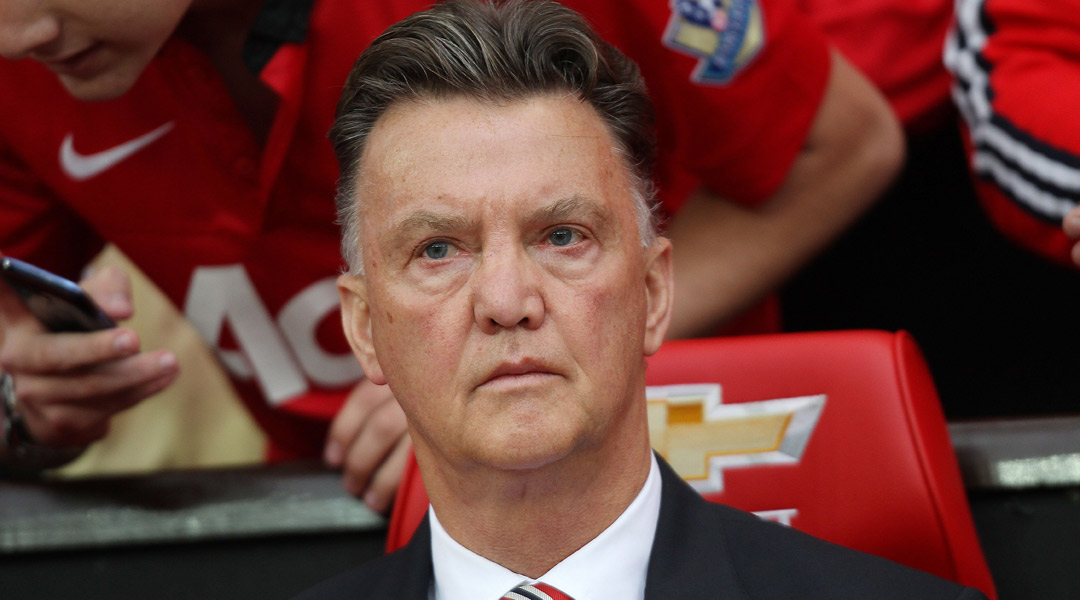
This season Louis van Gaal will attempt what no manager has achieved in living memory: to win the English league playing a back three. The Dutchman’s 3-5-2 system helped his home country to the World Cup semi-finals. Now it will also be seen at Old Trafford.
The decision is intriguing. Nobody can predict what will happen, but the Dutch World Cup campaign may offer some clues. Van Gaal is a renowned ‘system manager’ and, bar a couple of tweaks to accommodate individual traits, the 3-5-2 seen in Brazil will be largely the same as the one used in Manchester.
Particularly interesting are its prospective clashes with more common systems, such as 4-2-3-1 and 4-3-3. These strategic battles may throw up numerical advantages and disadvantages that could become key talking points throughout the season.
Playing out from the back
The chief reason for Van Gaal’s decision appears to be the profiles of his key players. The 3-5-2 puts Robin van Persie, Wayne Rooney and Juan Mata in their natural positions. Other factors may be the lack of top-class wingers and the squad’s array of attacking midfielders.
But as a system, the 3-5-2 offers more. It boosts the side’s ability to play out from the back – a defining feature of Van Gaal’s philosophy. Facing a 4-2-3-1 or a 4-3-3, it requires the opposition team to commit three players to close down the centre-backs. Even if the striker and the two wingers press, the wing-backs can come deep and provide two more options.
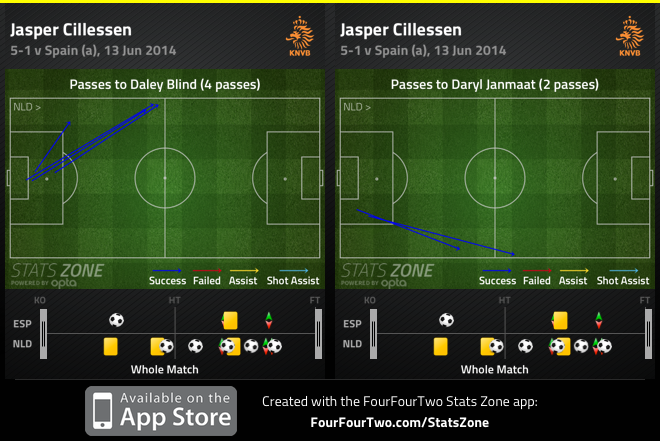
Additionally, Van Gaal will drop a central midfielder back to support the defence (Ander Herrera). In essence, this involves six players plus the goalkeeper in the ball recycling process. If the opposition does commit five or six players to press, this leaves huge gaps upfield for the attacking trio to move into. One precise forward pass and the move is on.
Get FourFourTwo Newsletter
The best features, fun and footballing quizzes, straight to your inbox every week.
Indeed, a vital part of Van Gaal’s build-up strategy is to launch passes into the feet of the strikers, who can then combine or lay it off to the more creative attacking midfielder. The conditions for this are improved by the positioning of the back three. Stretching across the pitch, they have more angles to play forward passes than the centre-backs in a back four. In particular, the defenders on the outside get more opportunities to direct passes inwards to forwards in an advanced position.
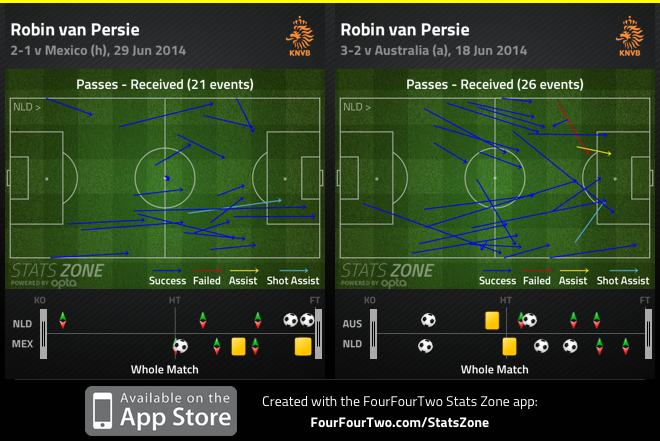
This increases the involvement of the forward trio, whose fluent movement and ability to combine in central areas is fundamental to the system’s attacking plan. It also explains why Van Gaal wants a left-footed defender.
Defensive worries
When his side is without the ball, Van Gaal has tended to prefer a high defensive line and a pressure that starts halfway up the opponent’s half. Facing a 4-3-3 or a 4-2-3-1, he often chooses to be brave: his wing-backs move high up to close down the opposition full-backs.
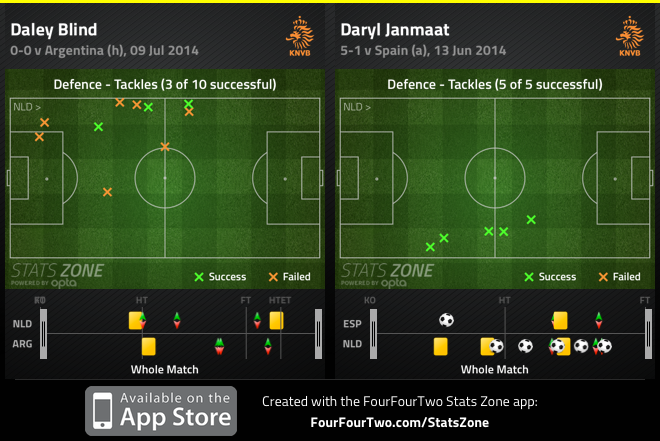
This preference leaves three centre-backs up against three attackers. With many teams favouring wingers who roam constantly and drop deep, this can in turn drag the outside centre-backs far up the pitch. This was sometimes the case with the Netherlands at the World Cup, as exemplified by the two regulars, Stefan de Vrij and Bruno Martins Indi, against Brazil.
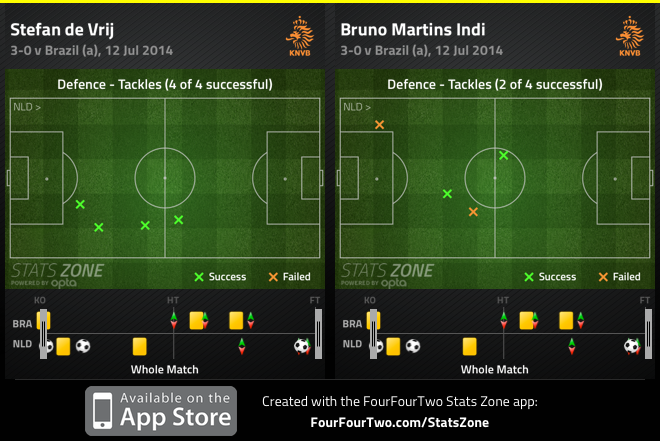
There are further consequences. With the wing-backs pushing up, space is left for wingers to exploit. Agile and tricky players can set up one-on-ones against outside centre-backs better suited to defending the penalty area. This forces central defenders out of their comfort zone to commit challenges in wide areas.
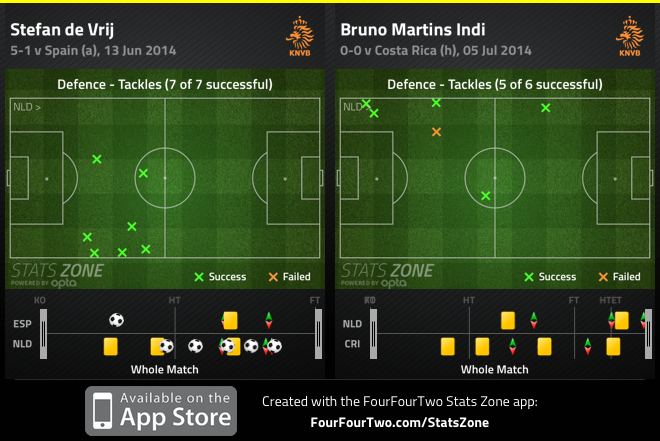
While De Vrij and Martins Indi were well-drilled having using the system at Feyenoord, similar scenarios pose challenges for Jonny Evans and Phil Jones. The demands placed on mobility and speed are significant. One warning of what may lie in store came through Raheem Sterling’s display against Jones during pre-season, the winger creating constant danger by speeding into the vast gaps gifted to him.
Van Gaal himself appears to have recognised this as a notable chink in the 3-5-2 system’s armour. Facing Costa Rica at the World Cup – a team whose use of three centre-backs was well-documented – he switched to 3-4-3 and played Arjen Robben and Memphis Depay as pure wingers either side of Van Persie. He wanted to threaten the spaces out wide.
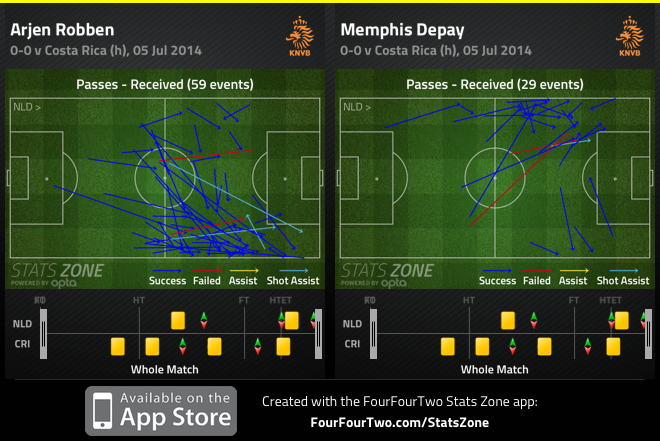
These zones may well be what opposition managers will target when facing Manchester United. Yet Van Gaal will be aware of the havoc his attackers can create if his machinery clicks into gear. Many tactical battles lie ahead. It promises to be intriguing.
